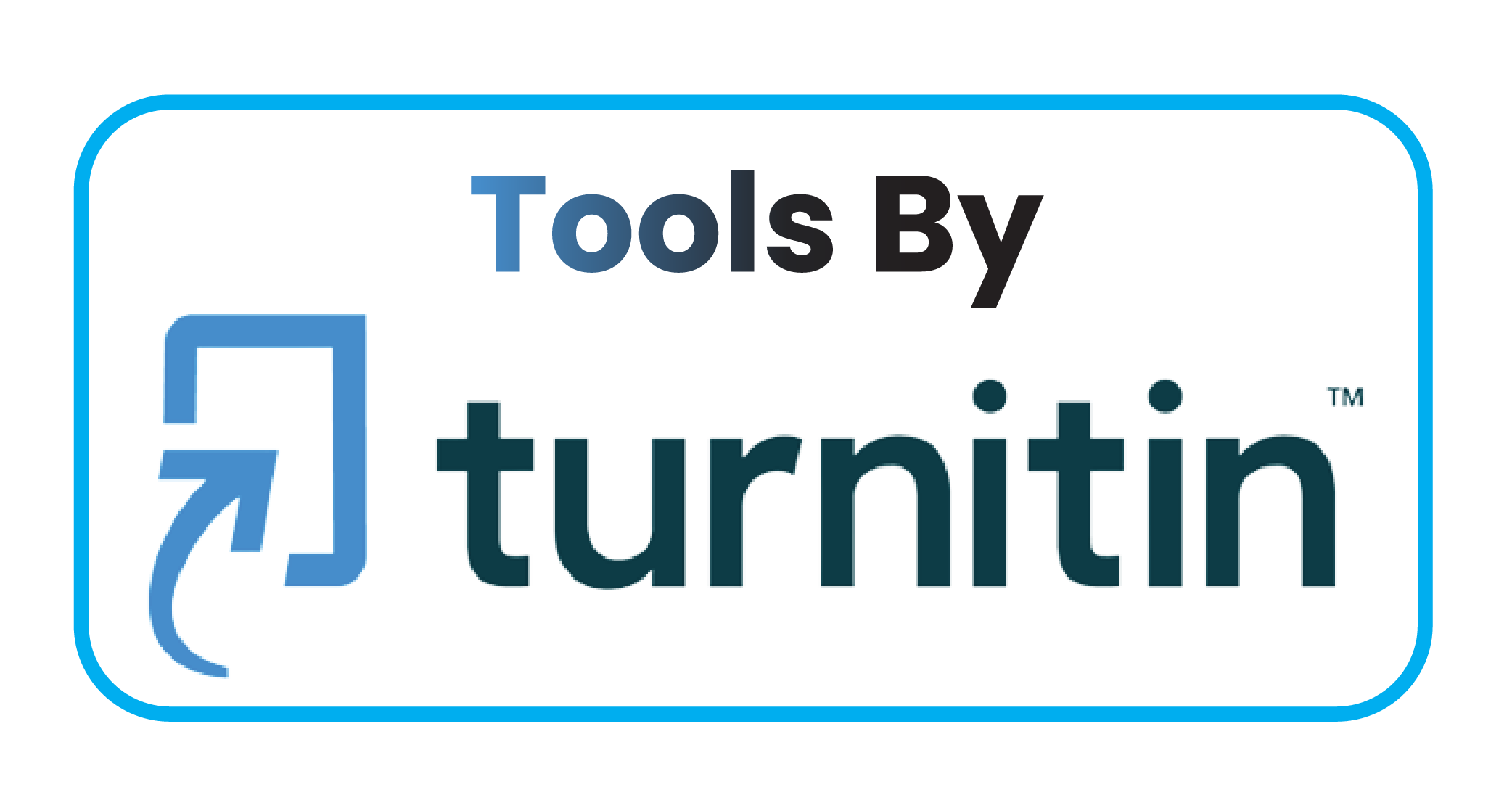Maturity Level Analysis in Software Development Using Scrum Methodology: Xyz Startup Case Study
DOI:
https://doi.org/10.59888/ajosh.v1i10.67Keywords:
Scrum, Maturity Level, Scrum Maturity Assessment, Agile Maturity ModelAbstract
Startup XYZ is a pioneer in the EWA (Earned Wage Access) application in Indonesia which has been around since 2020. The main vision of Startup XYZ is to build financial health for low and middle income workers in Asia. In achieving its vision and facing current competitors, Startup XYZ continues to innovate to meet market needs. XYZ startup uses the Scrum methodology in the application development process. It was found that there were several problems that occurred, namely the development process was not optimal, causing the release plan to be delayed. This problem is considered to affect the quality and performance of Startup XYZ. This study aims to measure the scrum maturity level of Startup XYZ so that recommendations can be made to improve the maturity level. Data were obtained from several sources such as interviews, observations, and questionnaires that adapted the Scrum Maturity Assessment. The results obtained are calculated using the KPA Rating based on the Agile Maturity Model. Recapitulating the calculation of the maturity level of the scrum methodology, it is known that XYZ startup is still at level 2 with the Largely Achieved category. After obtaining the level of maturity for each level, recommendations are made based on the results of observations, Scrum Guide 2020, Scrum Essentials and SBOK v3. It was found that there were 24 recommendations to improve the maturity level of Startup XYZ
References
Abimaulana, K. C., Budiardjo, E. K., Mahatma, K., & Hidayati, A. (2021). Evaluation of Scrum-Based Software Development Process Maturity using the SMM and AMM: A Case of Education Technology Startup. 2021 International Conference on Advanced Computer Science and Information Systems (ICACSIS), 1–5.
Ahern, D. M., Clouse, A., & Turner, R. (2004). CMMI distilled: a practical introduction to integrated process improvement. Addison-Wesley Professional.
Ahern, D. M., Clouse, A., & Turner, R. (2008). CMMII Distilled: A Practical Introduction to Integrated Process Improvement. Addison-Wesley Professional.
Arifin, N. F., Purwandari, B., & Setiadi, F. (2020). Evaluation and recommendation for scrum implementation improvement with hybrid scrum maturity model: a case study of a new telco product. 2020 International Conference on Informatics, Multimedia, Cyber and Information System (ICIMCIS), 178–183.
K. Beck and e. all, "Agile Manifesto," Ward Cunningham, 2001. [Online]. Available: https://agilemanifesto.org/.
Patel, C., & Ramachandran, M. (2009). Agile maturity model (AMM): a software process improvement framework for agile software development practices. International Journal of Software Engineering, IJSE, 2(1), 3–28.
Rubin, K. S. (2012). Praise for Essential Scrum. Michigan: Addison-Wesley.
Schwaber, K. (2010). Scrum guide. Scrum Alliance Resources.
Schwaber, K., & Sutherland, J. (2021). The Scrum Guide. 2020. Accessed April.
T. Satpathy, A guide to the SCRUM BODYOF KNOWLEDGE (SBOKTM Guide): A comprehensive Guide to Deliver Project using scrum. 2016Yin, A., Figueiredo, S., & da Silva, M. M. (2011). Scrum maturity model. Proceedings of the ICSEA, 20–29.
Zelfia, H., Simanungkalit, T., & Raharjo, T. (2022). Comparison of Scrum Maturity between Internal and External Software Development: A Case Study at One of the State-Owned Banks in Indonesia. 2022 1st International Conference on Information System & Information Technology (ICISIT), 312–317.
Downloads
Published
Issue
Section
License
Copyright (c) 2023 Naomi Panjaitan, Bob Hardian

This work is licensed under a Creative Commons Attribution-ShareAlike 4.0 International License.
Authors who publish with this journal agree to the following terms:
- Authors retain copyright and grant the journal right of first publication with the work simultaneously licensed under a Creative Commons Attribution-ShareAlike 4.0 International. that allows others to share the work with an acknowledgement of the work's authorship and initial publication in this journal.
- Authors are able to enter into separate, additional contractual arrangements for the non-exclusive distribution of the journal's published version of the work (e.g., post it to an institutional repository or publish it in a book), with an acknowledgement of its initial publication in this journal.
- Authors are permitted and encouraged to post their work online (e.g., in institutional repositories or on their website) prior to and during the submission process, as it can lead to productive exchanges, as well as earlier and greater citation of published work.











